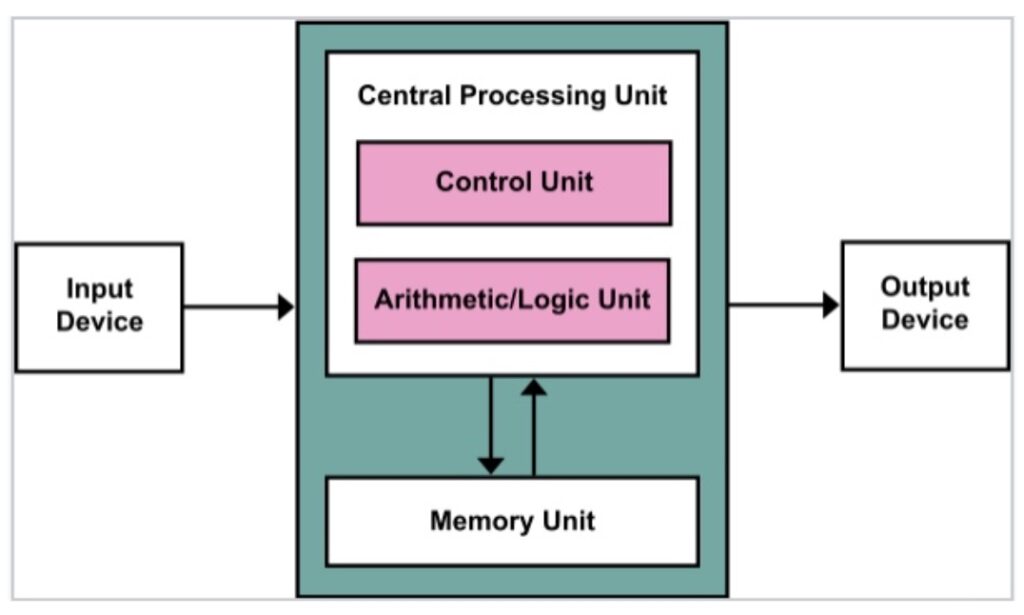IBM Research has unveiled a groundbreaking chip prototype called “NorthPole.” With a design inspired by the functionality of the human brain, this chip promises to push artificial intelligence (AI) to new horizons.
One of the biggest challenges in computing is the well-known “von Neumann bottleneck,” an inherent problem when moving vast amounts of data between memory and the processing unit. NorthPole emerges as a solution to this issue by combining memory and computation into a single entity. By doing so, it achieves higher processing speed and eliminates the need to constantly transport data between different sections of the system.

Specifically designed for real-time AI applications such as facial recognition and object detection, NorthPole showcases what the future of computing holds. Practical applications of this chip range from autonomous vehicles to satellites, robotics, and cybersecurity systems, all fields where real-time processing is crucial.
Speed and efficiency are vital in the world of computing. However, the growing demand for power has led to increased energy consumption. Current computer systems face limitations not only in terms of speed but also energy efficiency. This is where NorthPole shines. With nearly two decades of development, this chip has been designed with 22 billion transistors and integrates memory directly into the chip. This integration promises to eliminate bottlenecks, offering unprecedented processing speeds.

Dharmendra Modha, a prominent figure at IBM Research, has emphasized the significance of NorthPole, describing it as a monumental shift in chip architecture. Tests have shown it to be more efficient and faster than other processors, surpassing even IBM’s previous chip, TrueNorth.











